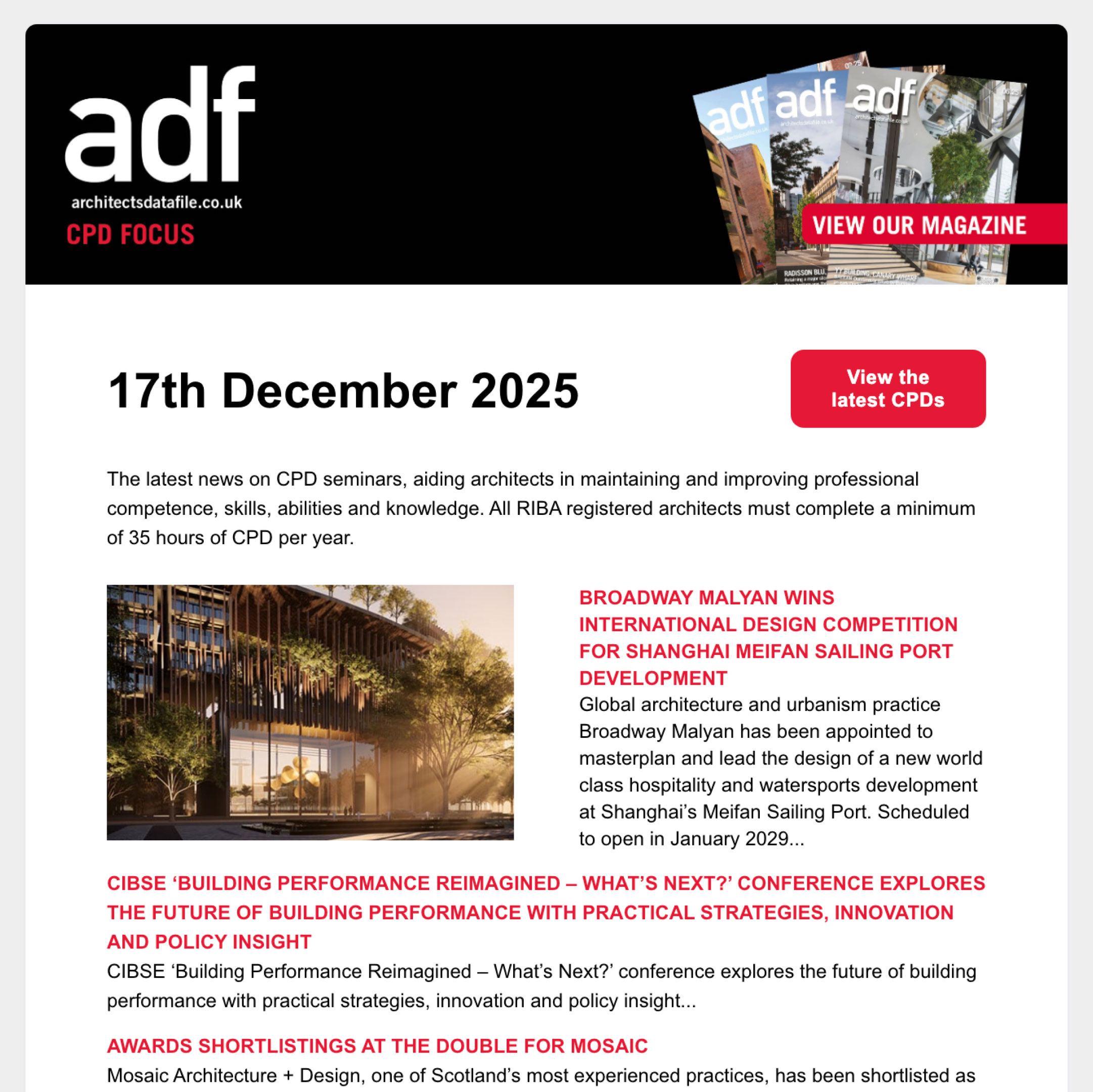Natalie Goodridge of LAMILUX UK explains why incorporating daylight into architectural designs has become a central focus in sustainable designs.
Integrating rooflights or roof glazing into a building design not only enhances aesthetic appeal but also supports designers with a commitment to sustainability by reducing energy consumption and creating healthier, more comfortable spaces. Cutting out rooflights in favour of cost-saving measures could undermine a project’s sustainability goals and furthermore could lead to long-term negative effects on the building’s user satisfaction, and overall quality.
Thermal insulation in rooflights is crucial for enhancing a building’s energy efficiency and reducing heat loss or gain. Glazing, frame material, seals and positioning of rooflights are all factors that should all be carefully considered when specifying rooflights in order to achieve optimal sustainability outcomes.
In terms of well-being, creating well-lit spaces with natural light has proven benefits for the physical and mental well-being of building occupants. Natural light can improve mood, boost productivity in learning and working spaces, and even regulate circadian rhythms which helps to synchronise the body’s internal clock with the wider environment.
The connection from the inside of a building to the outside world is something artificial lighting and conventional windows just can’t replicate, especially in spaces without exterior walls that can accommodate traditional windows.
Natural ventilation can also be incorporated within rooflights, promoting a healthy indoor environment. This is particularly beneficial in spaces like offices, schools, and residential buildings, where air quality and comfort are essential. Part F of the Building Regulations provides guidelines for ventilation in residential buildings and the positioning and type of rooflight used to maximise airflow should also be considered here.
By incorporating natural daylight into a building, this reduces the need for artificial lighting which contributes to lowering a building’s overall energy consumption. Less dependence on artificial lighting leads to a decrease in electricity demand, helping to lower overall energy usage and thus supporting the building’s energy efficiency goals by lowering a building’s environmental impact. Rooflights can provide passive solar heating during the winter months by allowing sunlight to enter and warm the interior. This can reduce the need for additional heating, particularly in cold climates.
On the flip side, rooflights can be designed with shading devices or coated with low-emissivity glazing to reduce unwanted solar heat gain in summer, helping to maintain a comfortable indoor temperature without the additional need for air conditioning. This contributes to energy efficiency throughout the year and will almost certainly also result in financial savings on heating and lighting expenses, providing a cost-saving advantage for the building occupants.
Based on a life-cycle assessment (LCA), an Environmental Product Declaration (EPD) looks at everything from raw material extraction and production to transportation, use, and disposal. With standardised data, EPDs allow comparison between different rooflight products and materials, to help identify more sustainable alternatives and select products with lower environmental footprints.
For buildings looking to achieve Passivhaus certification, architects can source Passivhaus certified glass roofs or skylights. Such components will enable simple integration to the structure without compromising on the required performance calculations to meet the rigorous standards. Notable examples of buildings that have successfully incorporated rooflights and subsequently achieved Passivhaus certification include the Dunfermline Learning Campus, Harris Academy Secondary School, and the Bicester Eco Centre, all of which feature a blend of rooflights, smoke vents, and glazed roofs in their architectural design. The original design of these buildings aimed to maximise natural daylight within an open-plan office or to establish a tranquil environment in an atrium area.
There is also continued support for architectural buildings that are focused on LEED and BREEAM as rooflights contribute to sustainable design strategies that can help a building earn points towards green building certifications.
Rooflights offer the perfect fusion of aesthetics and performance, playing a crucial role in sustainable design. By incorporating rooflights into your architecture, you not only enhance the visual appeal of a space but also make a positive impact on energy efficiency.
Natalie Goodridge is marketing manager at LAMILUX UK



